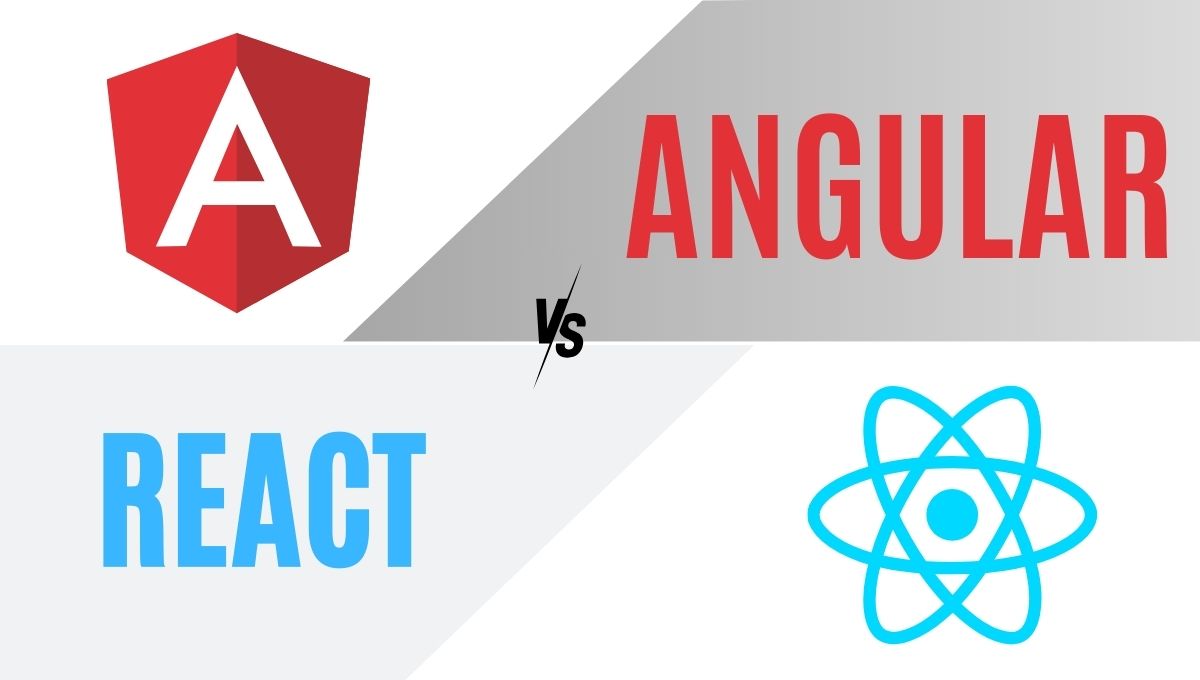How to start a blog? A beginners guide 2023
What is a blog?
A blog, short for “weblog,” is a type of website that is updated regularly with new content in the form of articles, videos, images, or other types of media. Blogs are typically maintained by an individual or a small group of people, and they often focus on a specific topic or niche, such as travel, personal development, technology, or fashion.
Blogs are typically organized in a reverse-chronological order, with the most recent post appearing at the top of the page. They allow readers to leave comments and engage with the author, making them a great way for people to share their thoughts, ideas, and experiences with a wider audience.
Blogs have become increasingly popular over the last few years, and they are now considered to be a powerful tool for personal expression, marketing, and communication. They can be used for a variety of purposes, such as building an audience, sharing expertise, promoting a business or product, or simply expressing oneself.
Many bloggers use their blog as a platform to share their thoughts, ideas, and experiences. Some use it to build an audience, some as a marketing tool and others as a source of income through advertising and sponsorships. Blogging has become a popular way for people to share their thoughts, ideas, and experiences with a wide audience, and it’s a great way to connect with like-minded people, build a community, and establish oneself as an authority in a particular niche.
How to Start a blog?
Starting a blog is relatively easy and can be done in a few simple steps:
- Choose a topic or niche for your blog. This could be something you’re passionate about, or a topic you have expertise in.
- Decide on a blogging platform. Popular options include WordPress, Blogger, and Squarespace.
- Set up a domain name and web hosting. You can register a domain name through a registrar like GoDaddy or Namecheap, and then set up web hosting through a provider like Bluehost or HostGator.
- Install the chosen platform on your domain and hosting.
- Customize the design and layout of your blog. You can use a pre-made template or hire a designer to create a custom design.
- Start creating content for your blog. This could be in the form of written posts, videos, podcasts, or a combination of different formats.
- Promote your blog on social media and other online platforms to attract visitors and build an audience.
- Continuously engage with your audience, respond to comments and feedback, and keep creating new content to keep your blog up-to-date.
- Keep an eye on your blog’s analytics to track your progress and make data-driven decisions about your blog’s future.
- Finally, be patient and consistent. Building a successful blog takes time and effort, but with the right approach, you can build an engaged audience and establish yourself as an authority in your niche.
How to choose topic or niche for a blog?
Choosing a topic or niche for your blog can be a bit challenging, but there are a few things you can keep in mind to make the process easier:
- Choose something you’re passionate about: If you’re passionate about a particular subject, it will be much easier for you to create content and stay motivated.
- Identify your target audience: Think about who you want to reach with your blog and what kind of content they would be interested in.
- Look for gaps in the market: See what kind of content is already out there and try to identify areas where there is a lack of information or where you can provide a unique perspective.
- Consider your expertise: If you have expertise or experience in a particular field, consider starting a blog in that niche as it can be a great way to establish yourself as an authority and attract an engaged audience.
- Do a keyword research: Research on keywords related to your topic in order to have an idea of the level of interest and competition in the topic.
- Keep it narrow: It’s easier to attract a dedicated audience with a specific topic than trying to appeal to a broad audience.
- Test it out: Create a few test posts or articles on your chosen topic to see how easy it is to come up with ideas and if it’s something you’re still interested in after some time.
Ultimately, the most important thing is to choose a topic or niche that you’re genuinely interested in and excited about, as this will make it easier for you to stay motivated and create high-quality content over time.
Top Blogging Platform
There are several popular blogging platforms to choose from, including:
- WordPress: WordPress is the most popular blogging platform and is used by millions of websites around the world. It is open-source software, which means that it is free to use, and it offers a wide range of customization options, including thousands of free and paid themes and plugins.
- Blogger: Blogger is a free blogging platform that is owned by Google. It is easy to set up and use, and it offers a range of customization options, including templates and widgets.
- Squarespace: Squarespace is a paid platform that is popular among bloggers and small businesses. It offers a range of features, including built-in analytics and e-commerce capabilities. It also has a drag-and-drop editor and a wide range of templates to choose from.
- Wix: Wix is a website-building platform that allows you to create a blog as part of a website. It offers a range of features, including a drag-and-drop editor, templates, and e-commerce capabilities.
- Ghost: Ghost is a modern, open-source blogging platform. It is designed to be easy to use and highly customizable, with a focus on speed, performance, and user experience.
- Medium: Medium is a popular platform for bloggers, writers, and journalists. It’s a great platform to share your thoughts and ideas and reach a wider audience.
Ultimately, the best platform for you will depend on your specific needs and goals. WordPress and Blogger are both great options if you’re just starting out, while Squarespace and Wix are ideal if you’re looking to create a more polished, professional-looking blog. Ghost is a good option for bloggers who want to focus on speed, performance, and user experience and Medium is great for writers and journalists.
How to promote a blog on social media?
Promoting your blog on social media can help you reach a wider audience and drive traffic to your blog. Here are a few ways to promote your blog on social media:
- Share your blog post on your personal social media accounts: Share the link to your latest blog post on your personal social media accounts, such as Facebook, Twitter, and Instagram.
- Create a social media page for your blog: Create a separate social media page for your blog on platforms like Facebook, Twitter, and Instagram. This will allow you to share your blog post with a wider audience and engage with your readers.
- Use hashtags: Use relevant hashtags when sharing your blog post on social media. This will make it easier for people to find your post and increase the chances of it being seen by a wider audience.
- Share other people’s content: Share other people’s content that is related to your blog post, it will help you to create relationships with other bloggers, and they may share your content in the future.
- Run social media ads: Run social media ads targeting your specific audience to promote your blog post.
- Participate in online communities: Participate in online communities related to your niche and share your blog post with the community.
- Use visuals: Use visuals such as images and videos to promote your blog post on social media, it will make your post more attractive and increase the chances of it being shared.
- Use Social media analytics to track your progress and adjust your strategy accordingly.
Keep in mind that promoting a blog on social media takes time and effort. It’s not a one-time thing, you need to be consistent and keep promoting your blog post to reach more audience and drive more traffic to your site.
How to Create Engaging Content?
Creating engaging content is crucial for building an audience and keeping them interested in your blog. Here are a few tips for creating engaging content:
- Know your audience: Understand who your target audience is, what their interests are, and what kind of content they are looking for. This will help you create content that is relevant and interesting to them.
- Use a conversational tone: Speak to your readers as if you were talking to them in person. Use a conversational tone in your writing and avoid using overly formal language.
- Use visuals: Use images, videos, infographics, and other types of visuals to break up text and make your content more visually appealing.
- Keep it organized: Use headings, subheadings, bullet points, and other formatting tools to break up your text and make it easier to read.
- Be authentic: Share your own experiences, thoughts, and opinions on the topic you are writing about. People are more likely to engage with content that is honest and authentic.
- Be informative: Provide value to your readers by including useful tips, facts, and information in your content.
- Encourage engagement: Ask questions and encourage readers to leave comments and share their thoughts and opinions.
- Use storytelling: Use storytelling techniques to make your content more engaging and memorable.
- Keep it up-to-date: Stay up-to-date with the latest trends, news, and information in your niche, and make sure to include them in your content.
- Optimize for SEO: Optimize your content for search engines so that it can be easily found by your target audience.
Remember that creating engaging content takes time and practice. Don’t be discouraged if your content doesn’t get the engagement you were hoping for at first. Keep experimenting and trying new things, and you will eventually find what works best for your audience.
Conclusion to start a blog
Starting a blog is a great way to share your thoughts, ideas, and experiences with a wider audience and connect with like-minded people. It can also be a powerful tool for building an audience, sharing expertise, promoting a business or product, and earning income through advertising and sponsorships.
To start a blog, you will need to choose a topic or niche, decide on a blogging platform, set up a domain name and web hosting, customize the design and layout of your blog, and start creating content. It’s important to consistently create new and engaging content, promote your blog on social media and other online platforms, engage with your audience, and keep an eye on your blog’s analytics to track your progress.
It’s important to be patient and consistent. Building a successful blog takes time and effort, but with the right approach, you can build an engaged audience and establish yourself as an authority in your niche.








